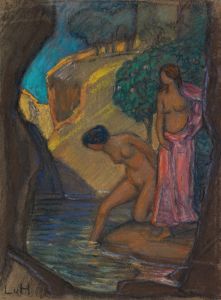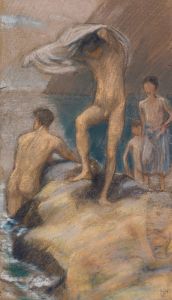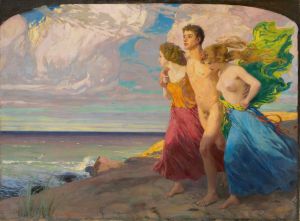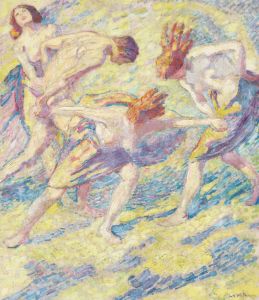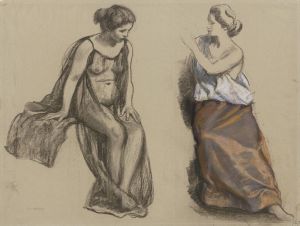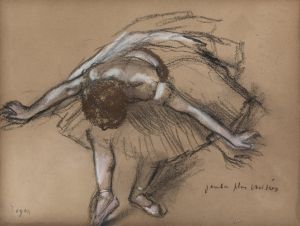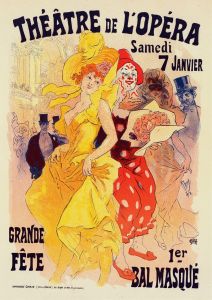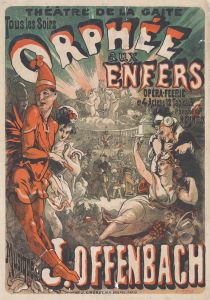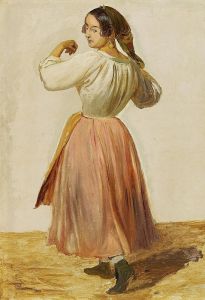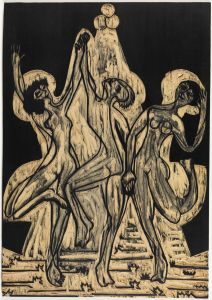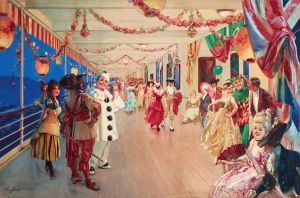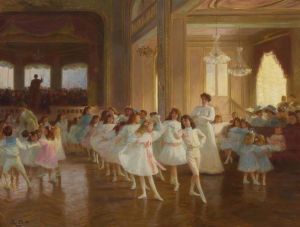
Tanzende mit Schleier
A hand-painted replica of Ludwig von Hofmann’s masterpiece Tanzende mit Schleier, meticulously crafted by professional artists to capture the true essence of the original. Each piece is created with museum-quality canvas and rare mineral pigments, carefully painted by experienced artists with delicate brushstrokes and rich, layered colors to perfectly recreate the texture of the original artwork. Unlike machine-printed reproductions, this hand-painted version brings the painting to life, infused with the artist’s emotions and skill in every stroke. Whether for personal collection or home decoration, it instantly elevates the artistic atmosphere of any space.
Ludwig von Hofmann was a prominent German painter and graphic artist associated with the Jugendstil and Symbolist movements. He was born on August 17, 1861, in Darmstadt, Germany, and became known for his idyllic and often dreamlike depictions of figures in natural settings. Hofmann's work is characterized by its vibrant use of color and its exploration of mythological and allegorical themes.
One of Hofmann's notable works is "Tanzende mit Schleier" (translated as "Dancers with Veil"), which exemplifies his style and thematic interests. This painting captures a group of figures engaged in a dance, enveloped in flowing veils that add a sense of movement and ethereality to the composition. The use of veils is a recurring motif in Hofmann's work, symbolizing both mystery and the transcendence of the ordinary.
"Tanzende mit Schleier" reflects Hofmann's fascination with the interplay between the human form and nature. The figures are often depicted in harmonious interaction with their surroundings, suggesting a unity between humanity and the natural world. This theme is consistent with the Symbolist movement's interest in exploring deeper spiritual and emotional truths through art.
Hofmann's technique in "Tanzende mit Schleier" showcases his skillful use of color and light. The palette is typically vibrant, with rich hues that enhance the dreamlike quality of the scene. The figures are rendered with a fluidity that suggests motion, and the veils contribute to the dynamic composition by creating a sense of rhythm and flow.
Throughout his career, Ludwig von Hofmann was influenced by various artistic movements and figures. He studied at the Academy of Fine Arts in Dresden and later in Karlsruhe and Paris, where he was exposed to the works of the Impressionists and other contemporary artists. These influences are evident in his use of color and his interest in capturing the ephemeral qualities of light and atmosphere.
Hofmann's work, including "Tanzende mit Schleier," was well-received during his lifetime, and he held several teaching positions, including a professorship at the Weimar Saxon-Grand Ducal Art School. His contributions to the art world were recognized with numerous exhibitions and accolades.
In summary, "Tanzende mit Schleier" by Ludwig von Hofmann is a quintessential example of the artist's exploration of the relationship between humans and nature, rendered in a style that combines elements of Jugendstil and Symbolism. The painting's vibrant colors, dynamic composition, and thematic depth continue to captivate audiences, reflecting Hofmann's enduring legacy in the world of art.






